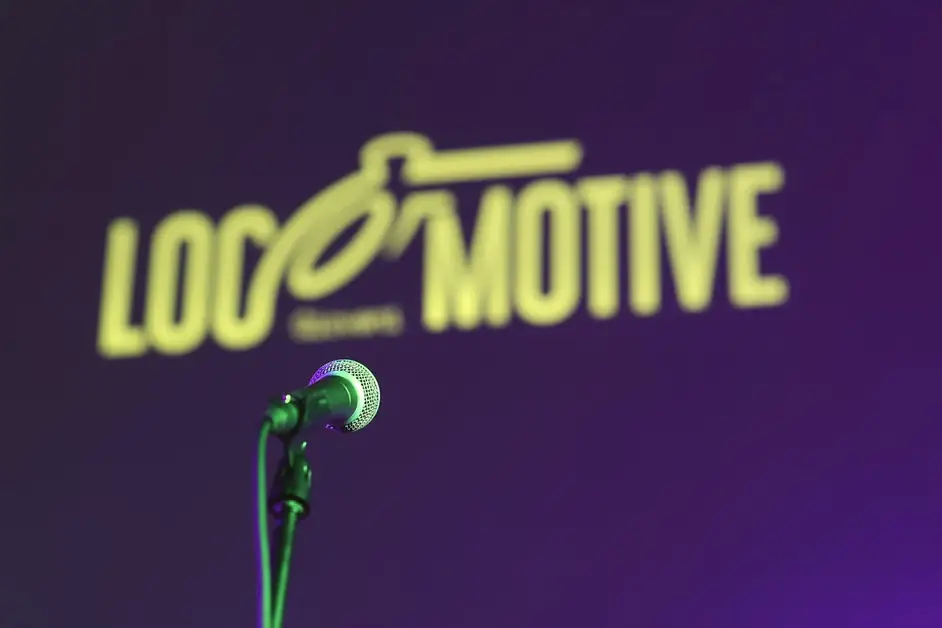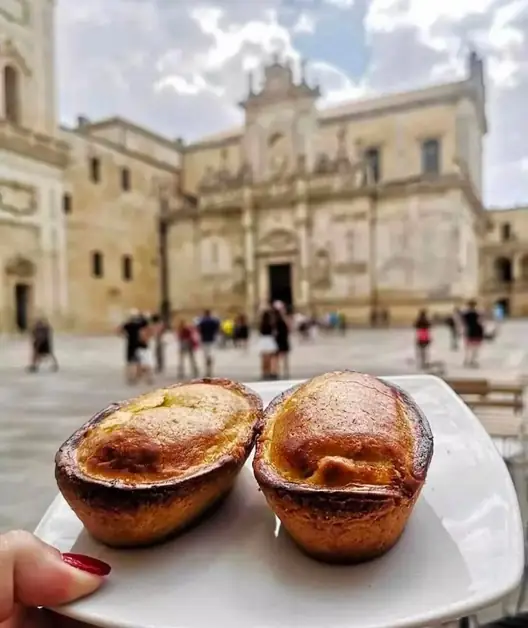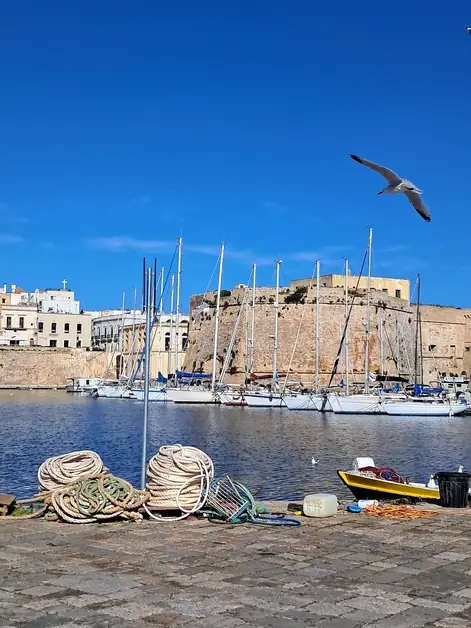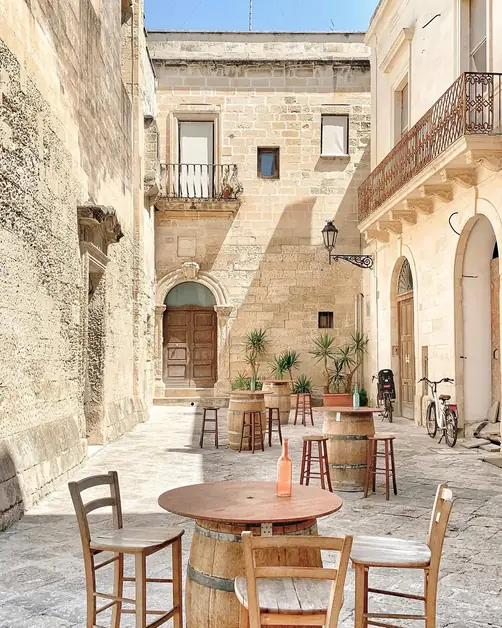The Wonders of Faggiano Museum in Lecce
The Faggiano Museum in Lecce offers a unique historical experience.
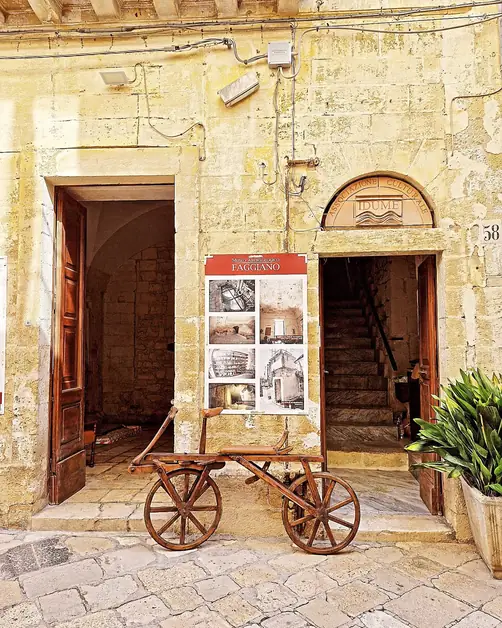
What is the Faggiano Museum in Lecce?
The Faggiano Museum in Lecce is a private museum born from a chance discovery. During renovation work to change some pipes, the owners found ancient artifacts hidden beneath the house. Excavations and research have uncovered traces of over 2000 years of history, transforming the building into a fascinating archaeological museum.
Where is the Faggiano Museum located in Lecce?
The Faggiano Museum is located in the historic center, at via Ascanio Grandi 56, near Porta San Biagio. It is easily reachable on foot from Piazza Sant’Oronzo and represents an ideal stop for those visiting the baroque streets of the city.
Why is the Faggiano Museum famous?
The museum is famous because it tells the story of Lecce through its underground layers. Walking inside, one discovers Messapian pavements, Roman wells, medieval cisterns, and Renaissance frescoes. It is one of the few places where tourists can experience such a direct and authentic journey through time.
What artifacts can be seen at the Faggiano Museum?
In the museum, visitors can admire artifacts covering a vast time span. There are Messapian remains from the 4th century BC, Roman traces such as silos and channels, medieval floors, Renaissance decorations, and signs of the Baroque period. It is a place that surprisingly combines archaeology and urban history.
How long does a visit to the Faggiano Museum last?
The visit can last from 30 minutes to an hour, depending on how much time you want to dedicate to explanations and details. The internal paths are well organized and signposted, with panels that tell the discoveries and guide visitors step by step through the different environments.
What are the opening hours of the Faggiano Museum in Lecce?
The Faggiano Museum is open every day from 9:30 AM to 8:00 PM, including holidays. This allows tourists to easily include it in their travel itinerary, even as a cultural break between a walk and dinner in the historic center.
How much does the ticket to the Faggiano Museum cost?
The entrance ticket to the Faggiano Museum costs about 5 euros. It is one of the cheapest museums in Lecce and offers a unique and authentic experience. Considering the value of the discovery and the number of visible artifacts, it represents an excellent investment for culture lovers.
How to get to the Faggiano Museum?
Those arriving by train can reach the museum with a 15-minute walk from the Lecce train station. By car, it is advisable to park outside the walls and proceed on foot towards Porta San Biagio. The nearest airport is Brindisi, connected by shuttles and taxis in about 30 minutes.
What makes the Faggiano Museum special compared to other museums in Lecce?
The Faggiano Museum does not only display objects, but shows the archaeology of the city directly on site. Unlike traditional museums, here you walk through tunnels, wells, and stairs that connect different historical levels. The experience is more immersive and closer to the daily life of those who lived in Lecce over the centuries.
What other attractions can be visited near the Faggiano Museum?
After visiting the Faggiano Museum, you can easily reach many other attractions in the historic center. Within a few minutes' walk are the Basilica of Santa Croce, Piazza Duomo, the Roman Amphitheater, and Castle Carlo V. All these stops make the visit to Lecce even more complete and evocative.
Why do tourists choose to visit the Faggiano Museum?
Tourists choose the Faggiano Museum because it is an unusual and lesser-known discovery compared to the grand baroque monuments. Here, one comes into contact with the hidden history beneath the houses of Lecce, in a fascinating and surprising journey. It is a perfect stop for those who want to understand the city beyond its baroque facades.
What is the most exciting experience at the Faggiano Museum?
The most exciting experience is going down to the undergrounds and seeing how the centuries have layered one on top of the other. Wells, stairs, cisterns, and frescoes show how Lecce has been continuously inhabited and transformed. Each environment tells a different piece of the city's history.
